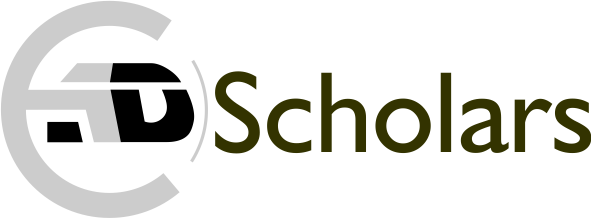THE FINAL ACCOUNTS OF A SOLE TRADER
CLASS: S.S.1
SUBJECT: Financial Accounting.
TOPIC: THE FINAL ACCOUNTS OF A SOLE TRADER
Who is a sole trader? A sole trader is a person that owns (forms) a business with the main (sole) aim of making profit. Sole trading is a business established and controlled by the owner, (Sole trader). The sole trader controls, manages and takes all decisions, profits or losses regarding the business. It is a type of business unit in which one person provides the capital, bears the risk and takes full responsibility of the firm.
This kind of business organisation is common in retailing and service business, e.g barbing, tailoring, carpentary, etc.
The final accounts of a sole trader consists of the following:
(i) Trading account
(ii) Profit and loss accounts
(iii) Balance sheet.
(i) Trading account: This is the account prepared to show the gross profit or gross loss of an organization at a certain period of time. It is prepared to conform to the rules of double entry. Since it contains the result of operations of a business over a period, the heading should be:
Trading, profit and loss account for the year ended ……………
The account looks at the difference between the sales and the cost of goods sold. The difference between the cost of goods sold and net sales is the gross profit or gross loss.
Note: Students are allowed to use any of the two methods illustrated above.
TERMINOLOGIES USED IN TRADING ACCOUNT.
(i) Purchases: This is the total of cash and credit goods bought (purchased) for resale during the trading period. Purchases do not include the purchase of fixed assets. It must be debited to the trading account.
(ii) Opening stock: This is the stock of goods available for sale at the beginning of the trading period (year).
(iii) Sales: This is the total of cash and credit of goods sold (sales) during the trading period. It is credited to the trading account. It does not include the sales of fixed assets.
(iv) Closing stock: This is the stock of goods left unsold at the end of the trading period.
(v) Returns ourwards: This is the total value of goods returned to suppliers out of goods earlier purchased (bought). It must be deducted from the purchases for the period. It is also known as purchases returns.
(vi) Returns inwards: This is the total value of goods returned to the seller by the customers out of the goods earlier sold to them. It must be deducted from the sales for the period. It is also known as sales returns.
(vii) Carriage inwards: This is the cost of transporting goods to the company. It must be added to the goods purchased. It increases the cost of goods purchased, hence, debited to the trading account.
(viii) Carriage outwards: This is the cost of transporting goods to the customers. It is a selling expense and it is debited to the profit and loss account. It is also called carriage on sales.
(ix) Cost of goods available for sale: This is the addition of opening stock and purchases.
(x) Cost of goods sold: This is the total cost of goods actually sold by the organization (firm). This is deduced (arrived at) when the closing stock is deducted from the cost of goods available for sale, the remaining balance is the cost of goods sold.
(xi) Gross profit: This is the excess of the net sales (sales less returns inwards) over the cost of goods sold. It is determined in the trading account. It shows the profit available for an organization (firm) before deducting all the expenses
(xii) Gross loss: This is the cost of goods sold over the net sales (sales less returns inwards)
(xiii) Goods withdrawn for own use: The goods withdrawn by the owner of the business is deducted from purchases in the trading account. The goods withdrawn will be added to drawings in the balance sheet.
(xiv) Goods stolen or destroyed : This is deducted from purchases and posted to the expenses side of the profit and loss account.
